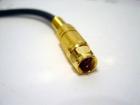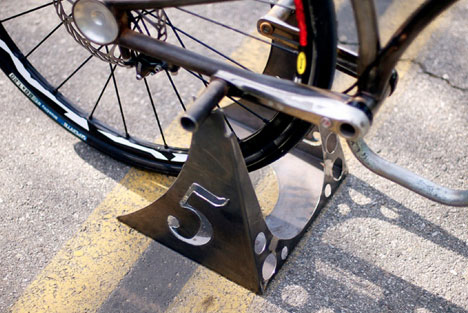One of the first things to look at is the size of your HTML code. This is probably one of the most overlooked areas, perhaps because people assume it’s no longer so relevant with modern broadband connections. Some content management systems are fairly liberal with the amount they churn out – one reason why it can be better to handcraft your own sites.
As a guideline you should easily be able to fit most pages in <50KB of HTML code, and if you’re under 20KB then you’re doing very well. There are obviously exceptions, but this is a fairly good rule of thumb.
It’s also important to bear in mind that people are browsing full websites more frequently on mobile devices now. Speed differences between sites viewed from a mobile are often more noticeable, owing to them having slower transfer rates than wired connections. Two competing websites with a 100KB size difference per page can mean more than one second load time difference on some slow mobile networks – well into the ‘interrupted thought flow’ region specified by Jakob Nielsen. The trimmer, faster website is going to be a lot less frustrating to browse, giving a distinct competitive edge over fatter websites and going a long way towards encouraging repeat visits.
MORE: Make your sites load faster | Tutorial | .net magazine.



